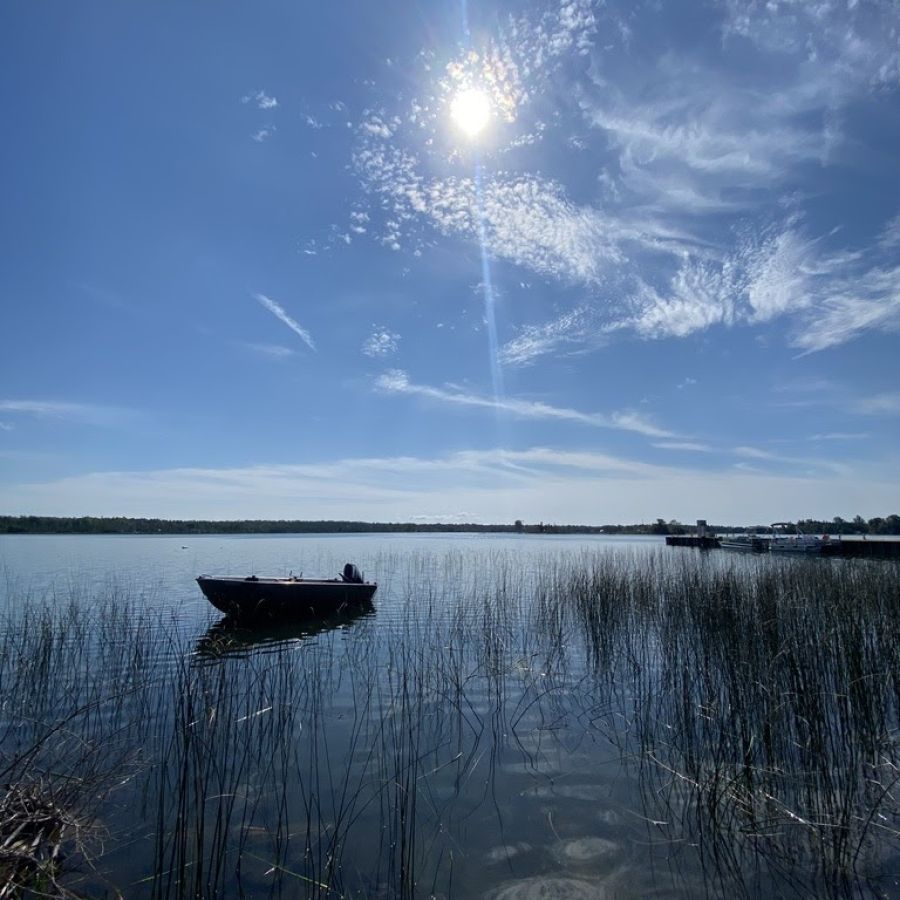Joint Council & Rights
Joint Council, made up of the Chiefs and Councils from Saugeen First Nation and Chippewas of Nawash Unceded First Nation, provides direction and oversight to the Environment Office. Under Joint Council’s mandate, the Office works to protect Saukiing Anishnaabekiing and uphold SON Rights, Interests, and jurisdiction.
Advisory Committees, made up of Joint Council members, guide the work of specific departments to ensure alignment with Nation priorities. They work closely with staff to support planning, implementation, and decision-making across the Environment Office.

